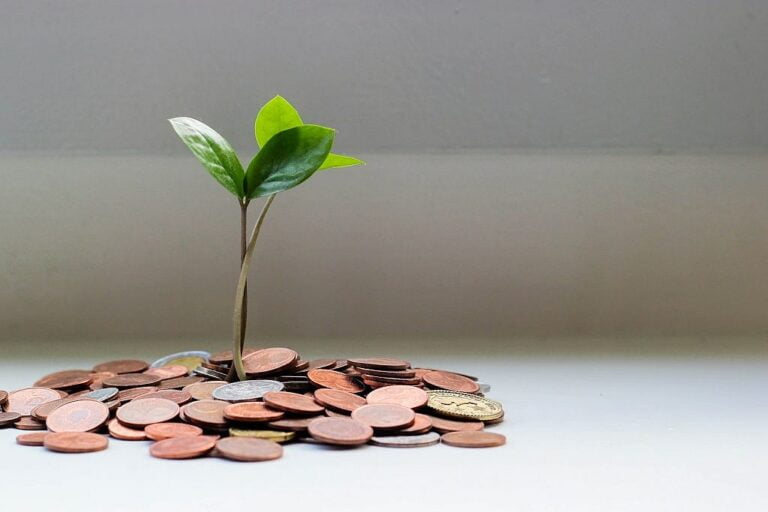
The Repo rate is a market rate that RBI sets at its discretion. It is the rate at which commercial banks borrow funds from RBI to meet their short-term working capital requirements and to keep cash available with them. Before this, we were in the free market, where banks lend and borrow funds independently. The amount borrowed by banks can be of two kinds, short-term liabilities and long-term liabilities. Furthermore, RBI expects inflation at 6.7% in 2021-22, against a 5.7% forecast in its April policy. The rise in food prices due to conflict in Ukraine has been blamed for the 70% of the inflation. Hence, RBI has been forced to hike its repo rate by 50 bps-100bps to contain inflation.
Repo Rate Meaning
Table of Contents
Repo rate is a term used to describe the rate at which a borrower can obtain funds by selling the securities he has borrowed. The repo rate directly reflects the interest rate on the prevailing market. While this is being discussed here, it should be noted that repo rates can differ in value from one call to another and within one market. This can be attributed to the fact that different needs influence each other differently.
The Repo rate is decided by the concerned parties within a particular country, in our case, RBI chooses it. However, they are also influenced by the worldwide market trends in terms of interest rates and inflation. So, these parties decide the interest rate based on their present market situation and global trends.
Also Read: What Happens If Your EMI Remains Unpaid?
What is EMI?
EMI stands for Equated Monthly Instalments, and it is a popular method of payment for loans, wherein the loan instalment and interest are transferred every month which results in a reduced amount of interest accrued over the tenure of the repayment period. The borrower pays smaller instalments which means lesser savings in terms of interest charges, but they have to pay a more significant number of instalments meaning higher costs over time.
An increase in the repo rate will also mean a hike in EMI amounts. This directly affects those individuals who borrow money for home, car, education, etc., or for whoever else has to pay some EMIs every month.
How do RBI And Repo Rates Affect EMI?
It has been seen that with every rise in repo rates (by RBI), payment of instalments significantly goes up, resulting in higher interest charges for lenders. With every rise in repo rates, banks have less money available for lending. This leads to falling demand for loans and, consequently, the decline in rates of loans offered by banks. However, banks do not immediately lower the interest rates on their loans as they have to compensate for the losses incurred by them due to a fall in revenue and a rise in expenses. So, there is a lag between rates of lending and repo rates. This lag also depends on how RBI normalises fast liquidity conditions after raising the repo rate.
What Could be an Impact of Higher Repo Rates on EMI?
Higher RBI repo rates lead to increased borrowing costs for commercial banks, which then pass it on to the consumers by increasing their lending rate. As and when interest rates rise, EMIs also become higher and thereby, payments go up, which then leads to the repayment period getting longer.
In light of the above, we can say that a repo rate is a tool used by the RBI to control inflation, and unemployment, and stabilise the economy. The increase in the repo rate directly affects EMI rates, which are expected to rise due to this hike, especially when using loan products with floating rates of interest like personal loans and housing loans.
As the RBI cuts interest rates, it indirectly impacts EMI. The reason is that the cost of borrowing for commercial banks reduces, leading to reduced interest rates on loans that lenders offer. This results in a reduction in the EMIs that they provide. As we can see that the repo rates by RBI have gone up by 50bps, and it is affecting everyone. It is visible based on EMI that dealers have to pay more for their advances and long-term loans. Banks are spending more on their fixed deposits if the repo rate rises. It’s not only this case; it will also affect EMI on term loans as well as loan agreements for assets like buildings and cars, which are tied to EMI rates because of high leverage.
Also Read: Top 10 Tips For Simplifying EMI Calculations On Your Loan
Evaluation of Impact on EMI as a Result of Increased Repo Rates by RBI
With every increase in repo rates, there is a constant rise in lending rate and thereby increased EMI payments. In some cases, there is a lag between the two as liquidity conditions are not immediately normalised after RBI increases repo rates. The increased repo rate can be seen as a positive move by RBI. It is a tool RBI uses to control inflation, so it is a positive thing.
However, the increase in RBI repo rates results in reduced liquidity, resulting in a fall in demand for loans. When demand for loans falls, lenders have less money to lend, thus resulting in reduced interest rates on loans. This indirect impact of the hike can be seen as a positive move. The above two points will bring down the EMIs offered by lenders to the consumers as they have more money to lend due to the low cost of borrowing. However, there will be a lag between the hike and this effect.
Calculate Monthly EMI
Conclusion
When RBI raises repo rates, the high cost of borrowing will face the consumers, increasing EMI instalments and thus the repayment period. With this increase, the EMI rate will rise, which will also lead to a rise in EMIs. However, this hike won’t immediately affect EMI as it is expected to take time before RBI can normalise liquidity conditions after raising the repo rate.






